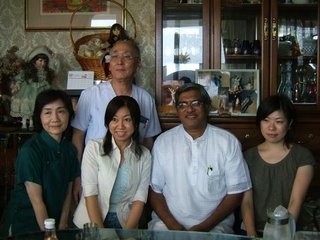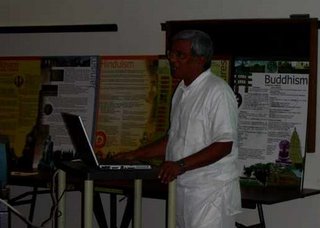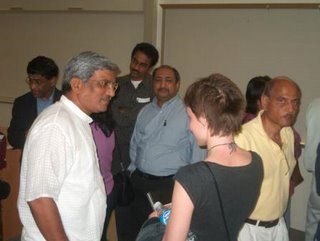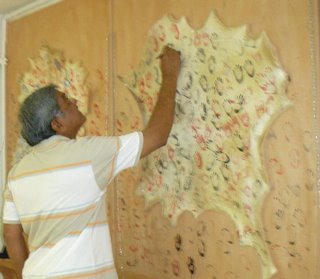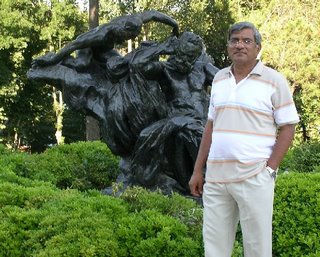PANCA KOSA
Initially, modern science investigated the human being at a purely physical level. Much later, scientists began to realize that humans are not only the physical body but they also have minds, referred to as psyche, and that there is a deep connection between this psyche and the physical being, called psychosomatic. But even in present day, some extreme scientists do not accept the presence of consciousness. While the modern scientist grapples with the concept of consciousness, long ago, Indian philosophers investigated the human being through five personality levels: subtleties varying from the gross level, such as the physical personality which they called the Annamaya Kosa, to the subtlest level of humans’ true nature of bliss.
Although bliss, or happiness, is our inherent nature, as we grow up, we tend to move further away from our inherent nature. As children, we are born blissful, as is evidenced through the mere observation of a newborn and children of all ages. As we become older, we have strayed away from our true nature at every personality level, as clarified by the table below:
| Personality | Kosa | Nature | Away from nature |
| PHYSICAL | ANNAMAYA | TO BE RELAXED | TENSION |
| LIFE FORCE | PRANAMAYA | TO BE SLOW | SPEED |
| MENTAL | MANOMAYA | TO BE CALM | AGITATED |
| INTELLECTUAL | VIJNANAMAYA | NO FIXATIONS | RIGID |
| CONSCIOUSNESS | ANANDAMAYA | HARMONY | DISHARMONY |
In the Sanskrit language, Health is known as ‘swastha’ which is the combination of two separate words ‘swa’ and ‘stha’, or self and being, respectively. The literal translation defines health as being in self or being in our natural state. The state of sickness is called ‘aswastha’ which means being away from our nature. It is not just being away from our true nature for a moment, but rather, for long periods of time. If we are away from our true nature repeatedly, it becomes pathological, as described in texts such as Yoga Vasista.
The essential feature of us at the Anandamaya Kosa, or bliss or consciousness level, is a deep inner harmony. The universe’s nature is to be in harmony as it is the essential nature of creation itself. For example, when we examine a plant, there is great harmony between the roots in the soil and the flowers and foliage growing towards the sky. Take the case of the fruit, the bitter seeds, the sweet fruit, and the bitter skin are all born together and grow together into fullness in total harmony. The skin does not disturb the seed; the fruit does not disturb the seed; they live in total harmony with each other. That harmony is the health of the fruit and of manifestation. They are not in competition with each other. When I think of what is the essential Godliness, or the force of sustenance, in the creation it is this harmony. Thus, this harmony is the spiritual health and wellbeing of any creature in nature.
Often we think of harmony between two like substances, such as a glass of water mixes harmoniously with another glass of water. But look at the fruit, the bitter seed and the sweet fruit, both are born together and grow together in perfect harmony. True harmony is the harmony between two things opposite or diverse in nature.
-to be continued
Love,
NV Raghuram




